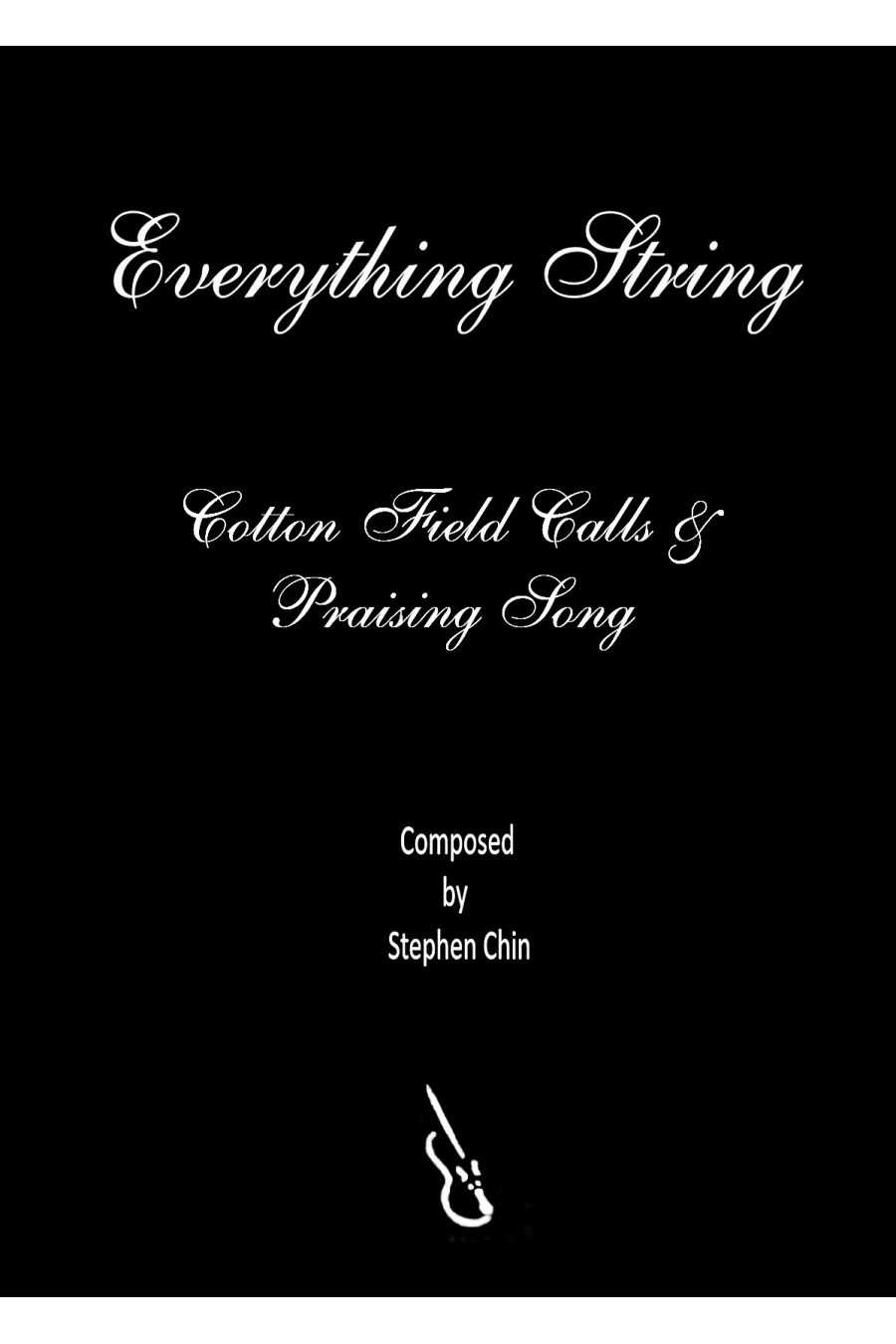

Hand-picking cotton is a gruelling task. 19th-century rural Americans sang to support each other. This piece starts with different players for each bar, evoking the image. The "Praising Song" celebrates the end of a tough day. An elementary ensemble will shine playing the double quavers, pizzicati, and syncopated beats.
1. Cottonfield Calls
2. Praising Song
For String Orchestra Grade 1
Hand-picking cotton is known to be one of the most gruelling and physically demanding tasks humans can undertake. In the rural America of the 19th century, the labourers would sing across the field to support each other and make the task seem less daunting. The opening notes of this particular piece of music are played by a different musician in each bar, creating the feeling of a group of people working together in harmony. As the music progresses into the "Praising Song," one can almost hear the jubilant celebration of the end of a long and arduous day, with the workers singing, clapping, and stamping their feet in unison. The performance of this piece requires a high level of skill, with the elementary ensemble being called upon to execute difficult musical techniques such as double quavers, pizzicati, and syncopated beats, resulting in a truly sparkling and captivating performance.
1. Cottonfield Calls
2. Praising Song
For String Orchestra Grade 1
These booklets promote accurate intonation, a left-hand framework, and a well-projected tone. They cover up to four sharps and three flats, providing a solid diatonic foundation. When studied with etudes and pieces, they achieve tonal beauty.
For violin Level 1.5-3
Gobi Desert warriors, led by Genghis Khan, ride to China. The music's eighth notes, dissonant chords, and pounding melody vividly portray their might in battle. A calm pentatonic section shows them resting at night before moving mercilessly to the next fight.
These works are perfect for the beginner string ensemble player. They continue the earlier publication titled "A Dozen Dazzlers." They feature unison, simple parts and call-response writing and prepare the players for the greater demands of a full-string orchestra. All parts have been meticulously crafted for ease of playing and to focus on essential ensemble skills such as pizzicato, legato, staccato, and harmonics. These attractive pieces will ignite the students' imaginations.
The Iching, a series of texts created by Emperor Zhou in the 9th century BC China, helps interpret thoughts and dreams. Its orchestral representation features an energetic section that paints a vibrant life in ancient China and concludes with thrilling cascades of repeated sixteenth notes.
This is a shorter version of a musical piece for string orchestra, based on a longer version for massed strings. The piece is inspired by Samuel Coleridge's poem "The Rime of the Ancient Mariner", which tells the story of a ship at sea that experiences misfortune after an albatross is killed. The work expresses feelings of loss and grace. The faster section of the piece depicts the ship being tossed around by the rough ocean.
For String Orchestra Level 4
This piece is filled with poignant melodies and a haunting main theme that returns towards the end. The rhythmic drive, varied modes, and string crossings make it enjoyable for players. The exquisite sonorities and spellbinding action will dazzle the audience and leave them wanting to dance.
For String Orchestra Grade 3.5